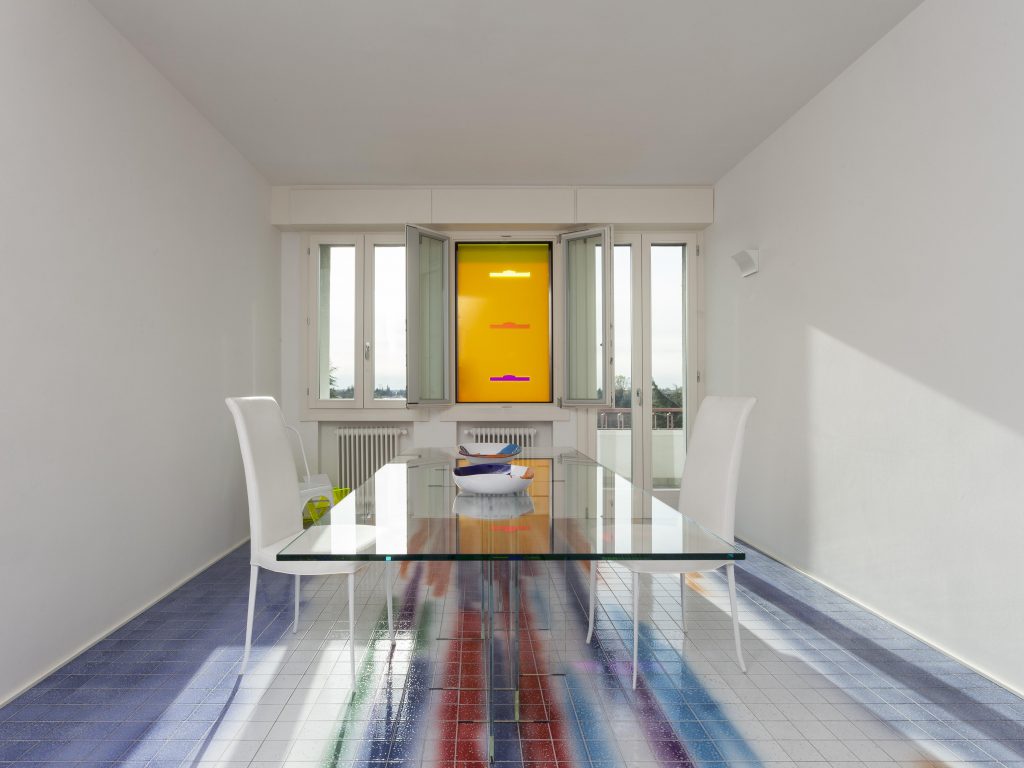Over the centuries, Veneto has been a magnet for hundreds of artists looking for public and private patronage and a place of cultural and intellectual promotion. At the beginning of the fifteenth century, Veneto was one of the Italian regions where international Gothic was most alive and, since the thirties of the fifteenth century, the Venetian cities entertained a series of exchanges with Florence and Tuscany that brought some important news for the Renaissance art and the stay on the territory of prominent personalities.
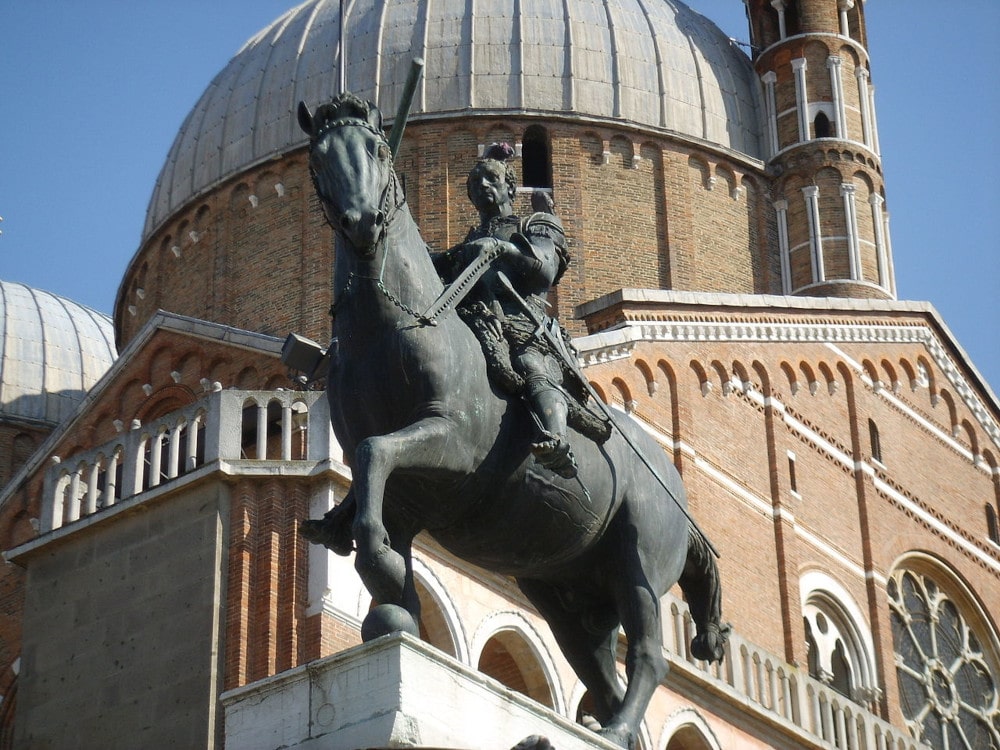
Among them, of primary importance is Donatello’s stay in Padua, the cradle of humanism thanks to the presence of the University: an environment with a long tradition that began with the stay of Francesco Petrarca. These are just some examples of the importance that Veneto has assumed over the centuries for the intellectual and artistic development of the entire nation and of Europe, Examples include the stay of Albrecht Dürer and consequently the artistic but also commercial exchanges with Flanders and southern Germany.
After considering only a couple of centuries that are worth as an example of the influence that Veneto maintains even in the centuries after the sixteenth on European and national culture, deserves particular attention to dwell on the last decade and on those that are the most important cultural appointments of our territory. One of these initiatives is the appointment of the Italian Capital of Culture: no Venetian city has been able to win the coveted prize, although two cities were among the ten candidates for 2024. This fact certainly deserves a reflection on the value of the recognition itself and, at the same time, on the controversies generated by the appointment of the Italian City of Culture.
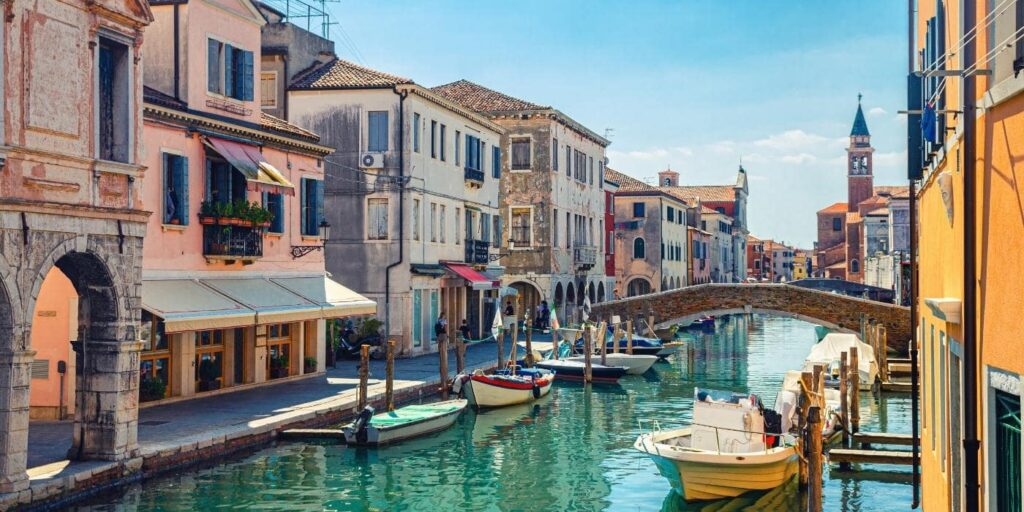
The nomination of Chioggia and Vicenza as one of the ten candidate cities in 2024 for the Italian Capital of Culture is certainly confirmation of the value of the immense cultural heritage owned by the region. Vicenza was recognized as a UNESCO World Heritage Site in 1994 for the presence of works by Andrea Palladio that make the province unique; Chioggia has been selected for its location in a geographical area unique in the world between the Adriatic Sea and the lagoon of Venice. Despite these characteristics, the nomination as Italian capital of culture for 2024 was won by Pesaro.
Each year the city is designated by the Ministry of Culture and a commission of seven experts. The project was born in 2014 from an initiative of Dario Franceschini, then minister for cultural heritage and activities, after the nomination of Matera as European capital of culture. Together with Matera, the other Italian cities that had been considered for the appointment as European capital were: Cagliari, Lecce, Perugia, Ravenna and Siena that obtained the title of Italian capital of culture jointly for the year 2015. Starting from the following year, the selection of the capital takes place through a call for tenders launched by the Ministry of Culture.

Exceptions are 2021 and 2023: in 2021, in fact, because of the Covid-19 pandemic, it was decided to keep as the capital of culture the city of Parma, winner of the prize for 2020; in 2023, also because of the pandemic, the cities of Bergamo and Brescia were named to promote the socio-economic and cultural revival of the area most affected by Covid-19.
This initiative is aimed at enhancing the cultural and landscape heritage of the city and improving the services aimed at tourists thanks to substantial funding. The main objectives are therefore: improving the cultural offer and strengthening social cohesion and inclusion, thus developing public participation and strengthening cultural attractions for tourism. In addition, particular importance is given to the use of new technologies, with the aim of including new generations more and improving accessibility. The 17 objectives set by the ONU’s 2030 Agenda for Sustainable Development, such as: quality education, making cities more sustainable, responsible consumption and production, clean and accessible energy, and reducing inequalities, should also be pursued.
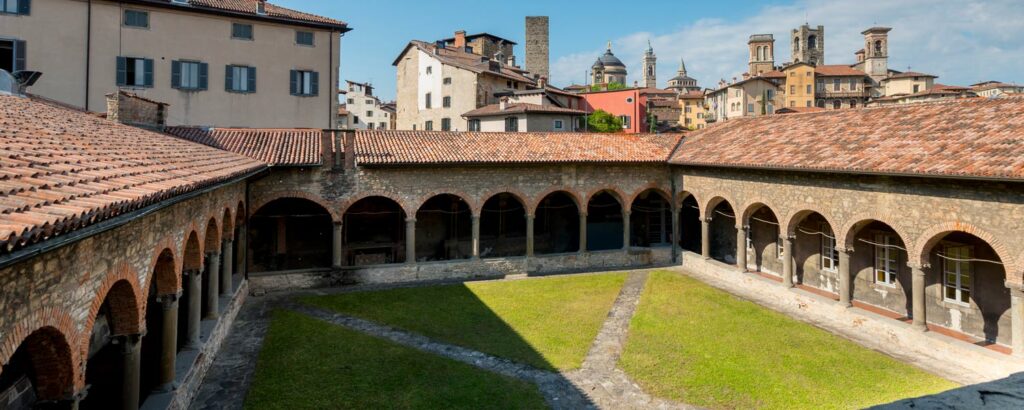
The Italian initiative thus starts from the appointment of the European Capital of Culture but substantial differences have been highlighted between the two calls: the EU criteria give importance to the link that is created between the European infrastructure and the interweaving of people and cultural knowledge, however in Italy the call is aimed more at the development of the area with the aim of increasing tourism. It has been seen that the economic advantages of the appointment, derived mainly from the increase in tourism, begin to be evident two years before the event and continue to last until five years later. In Italy, the funding obtained by the winning city is used for infrastructure projects: urban redevelopment, transport, museum modernization and restoration of cultural heritage.
For the year 2023, among the most important works there were: the redevelopment and restoration of the Museum of the History of Bergamo, the realization of the new setting of the Capitolium and the enhancement and restoration of the winged Victory. In addition, the “Ciclovia della cultura” has been designed, a route of 75 kilometers that will allow cyclists to reach the Venetian walls of Bergamo, the complex of San Salvatore and Santa Giulia in Brescia and the archaeological area of the Capitolium.
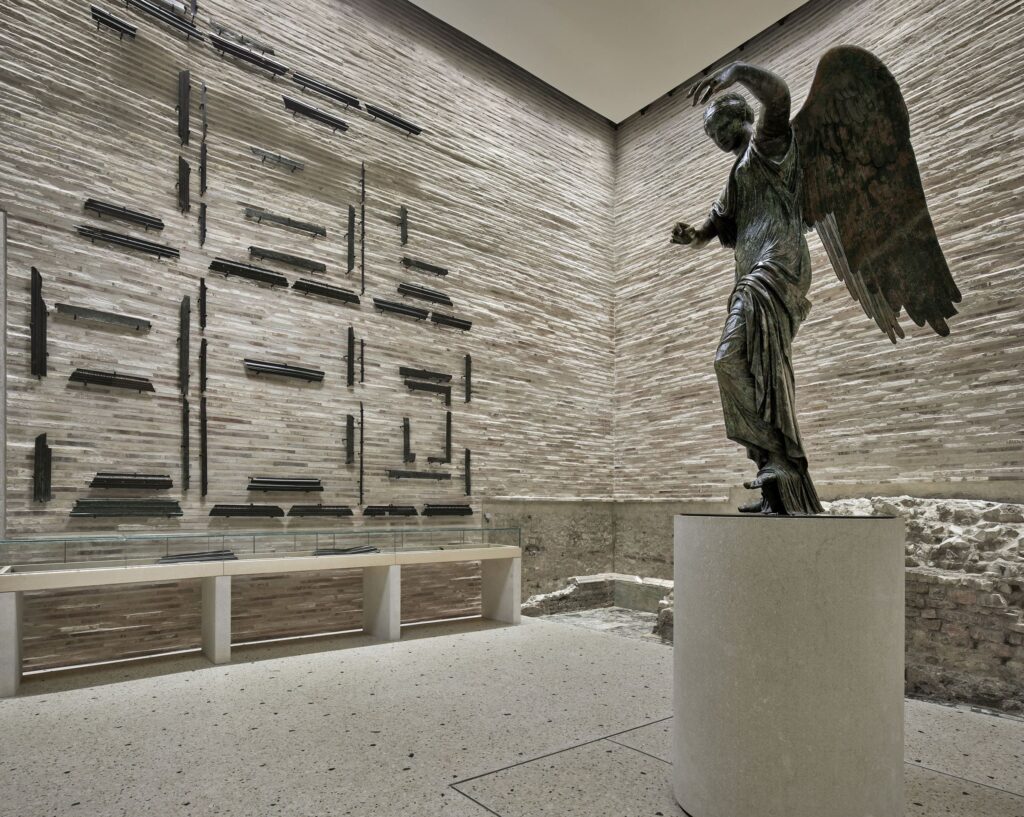
The aim, in addition to increasing tourism, should also be to increase the quality of life of the citizens of the city itself and the surrounding area. It can therefore be said that the positive image that is given to the outside has almost always been accompanied by a development of urban cultural identity and greater participation of citizens.
The call also considers initiatives aimed at opening up to Europe and provides important help in those cities characterized by a strong presence of marginalized communities. Legislation linked to inclusiveness often remains an incomplete idea, especially as regards the Italian nomination. In fact, only Lille managed to include social objectives in the program with the aim of creating a space of visibility for the different cultures of the world. An example is the initiative of Didier Fussillier (director of the Lille theatre), since the appointment of the city in 2004 as European Capital of Culture, which provides that every two years there are initiatives to support and introduce different cultures: 2006 was the year of Indian culture and 2008 was the year of Eastern Europe.

The advantages are therefore not automatic: the initiative generates positive aspects if it is used not only as a cultural event for visitors to the city but as a process of development of the same. There are several documented cases, especially Italian, in which only the cultural image of the city abroad has been enhanced and this has provoked protest movements due to the conflict between local identity and tourism marketing.
It is therefore questionable whether the Italian capitals of culture encourage only cultural events linked to established institutions that reflect the values and cultural tastes of the bourgeoisie.



